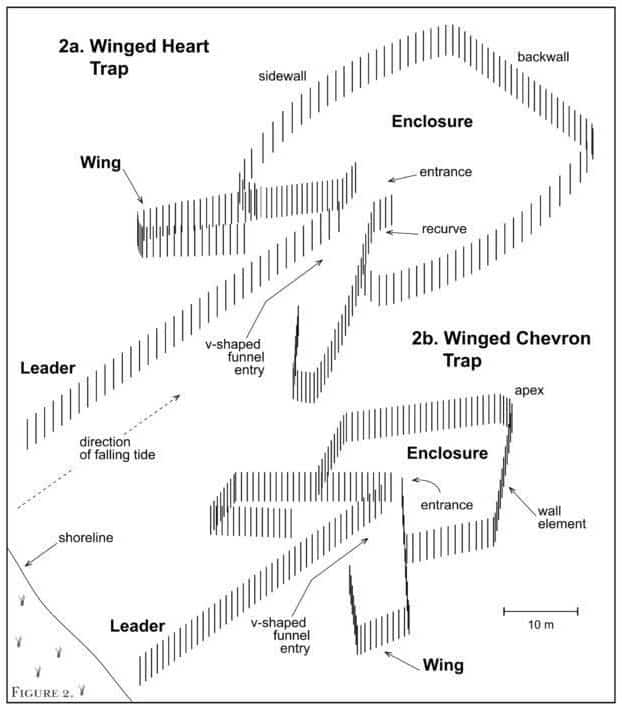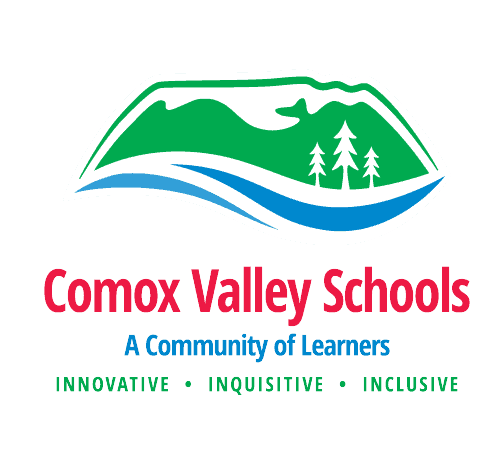Fish Traps
Fish Trap Experience Video by Fox and Bee Media
Visiting the Fish Traps
The SD71 Indigenous Curriculum Support Teachers, with permission from the K’omoks First Nation, have a limited number of spaces to take classes who have been working on curriculum that would connect to this local wonder on a tour. Please be respectful of this culturally important place, and connect with the Indigenous Education Department if you wish to plan a visit. We liaise with the K’omoks First Nation Guardians, as the caretakers and stewards of this land, to inform and invite them and to any booked School District field trips.
This page has some great background information and lessons plans to prepare your class.
School District #71 staff, please see following link for low tide times that are compatible to school hours and for other pertinent booking and field trip information such as meeting place and appropriate clothing – Fish Trap Visit Times.
Caretaking of the Land – information for your visit
We have been graced permission and support from the K’omoks First Nation to teach about the fish traps to classes that come down to the harbour. Ideas to the K’omoks First Nation that are important and put into practice are sustainability, respect and care taking of the land. Could you please talk to your students about this same practice while visiting outdoor areas and while on this tour. If you could specifically ask students to tread lightly on the shoreline, leave everything in its place, especially the small crabs (leave them on ground, do not step on them or poke them with sticks) that they will see when on the harbour.
Also we find a reminder about what outdoor learning looks like and sounds like would be great and how that would look different than free beach time playing, which perhaps could be given before or after the fish trap tour with us.
Thanks all for helping to ensure that this is a successful and meaningful visit.
In most school libraries, you will find the book called, Orca Chief, by Roy Henry Vickers. It would be an excellent book to discuss with your class about respecting the environment.
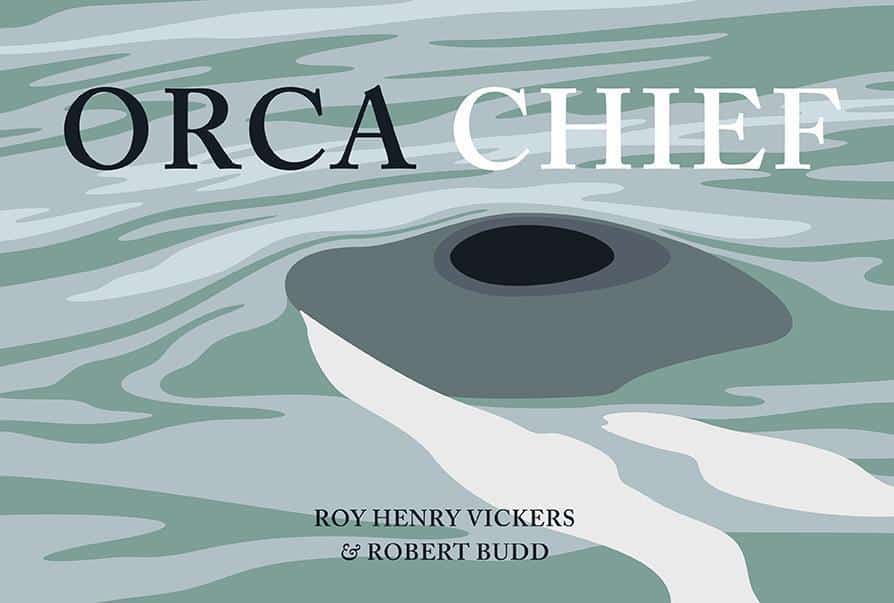
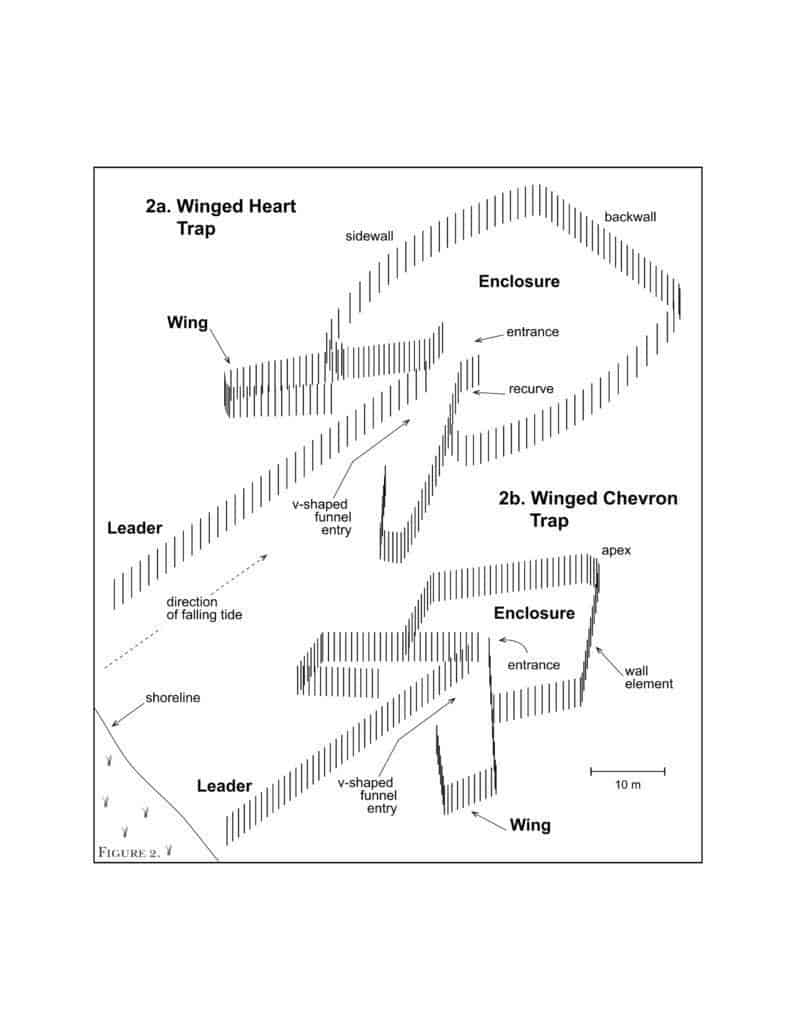
For more information about the traps, check out Project Watershed’s site:
The Comox Harbour fish trap complex, a large-scale, technologically sophisticated intertidal fishery from British Columbia
The information on this page comes from Comox Valley Archaeologists Nancy Greene and David McGee view their full report here.
Results of highly detailed mapping and radiocarbon dating at a vast and largely unknown intertidal fish trap complex indicate a large-scale, technologically sophisticated Aboriginal trap fishery operated at Comox Harbour, Vancouver Island, British Columbia between about 1,300 and 100 years ago…
Pre-Teaching Lessons
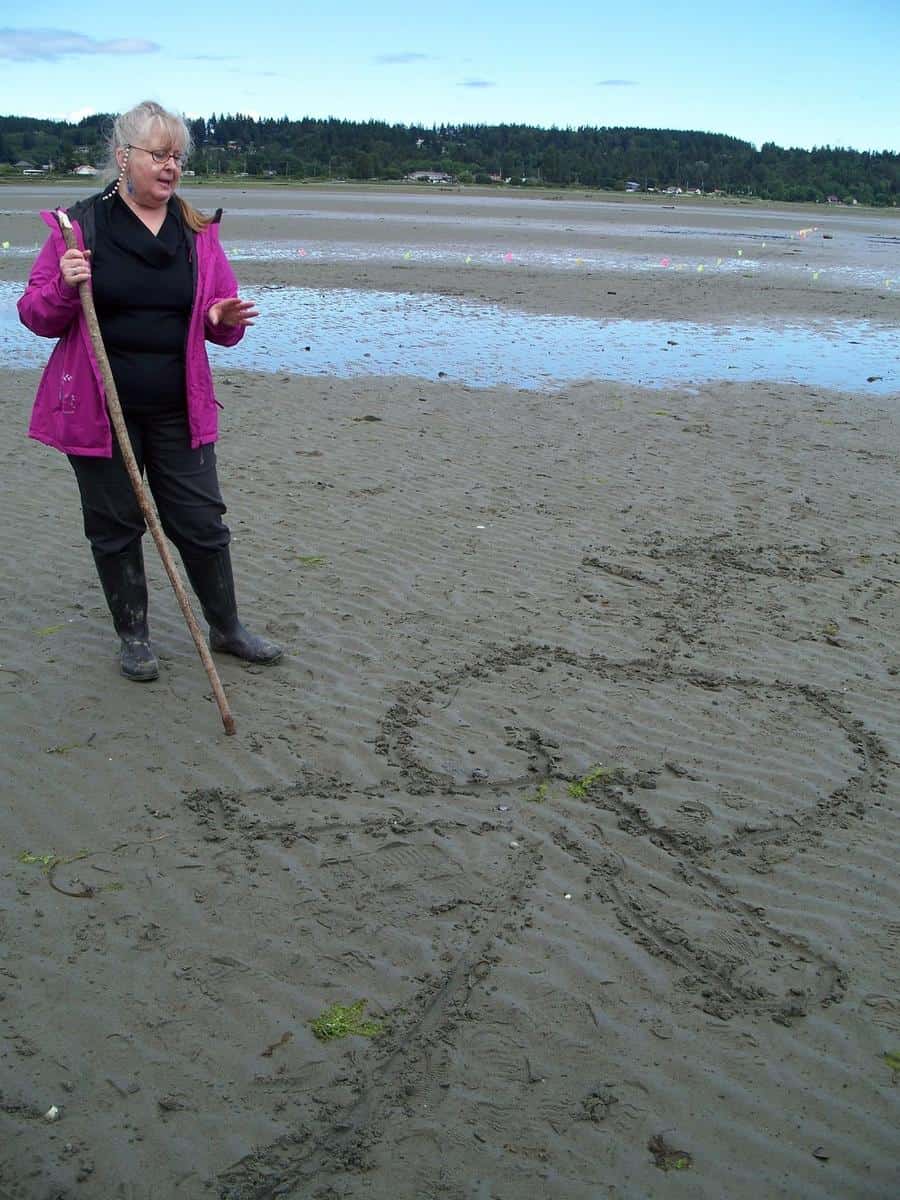
Lesson 1:
Supporting Materials:
Lesson 2:
Supporting Materials:
K’omoks Estuary: A Cultural and Archeological Treasure video – see below
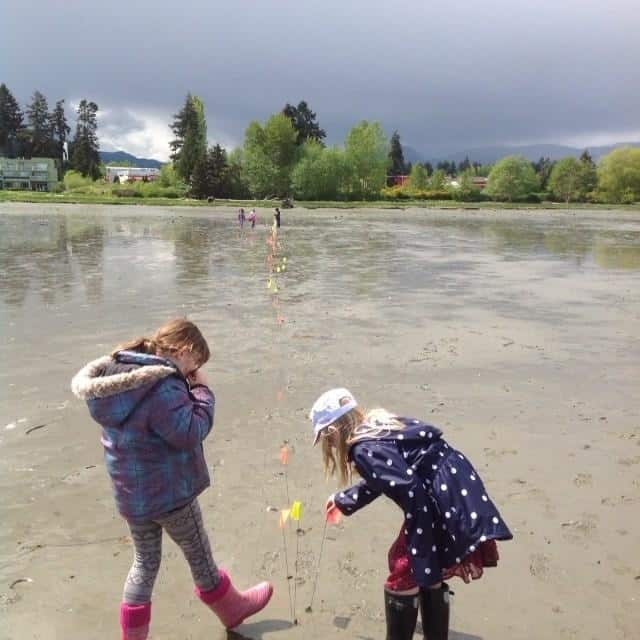
A Visit to the Comox Harbour and Fish Traps Lesson
Tour Talking Points
A reflection on that visit example…
Nancy Greene, Archeologist:
Understanding Aboriginal Fisheries In British Columbia website from Indigenous Foundations UBC
Includes:
Fishing Since Time Immemorial, Coast Salish Harvesting Methods, The introduction of canneries and a wage-based economy, The creation of an Aboriginal “food fishery”, Aboriginal fisheries in the courts: Sparrow, Van der Peet, and other legal challenges, Not a “race-based” fishery.
The K’omoks Estuary Speaks
Kus-Kus-Um – Unpave Paradise Project
by Jessica Speck – a journey spearheaded by project Watershed to restore the old Fields Sawmill site back it nature to help preserve the Comox Valley estuary and it’s diverse eco-system.

